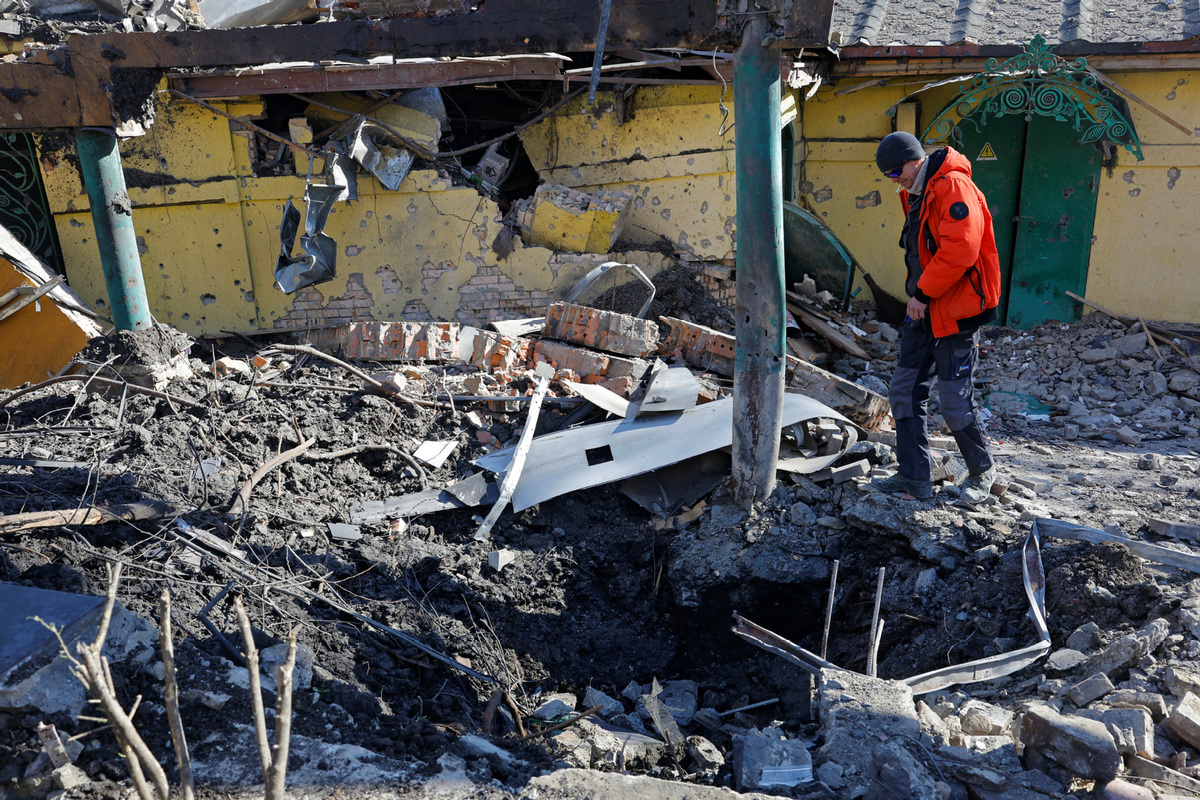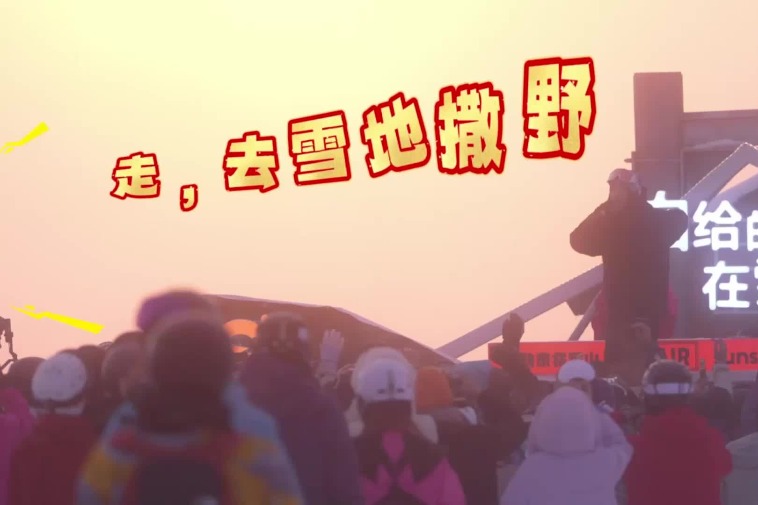Two years of the Ukraine conflict: Time for the US to adopt a different worldview


As Russian troops declared complete control of Avdiivka, the Ukrainian conflict entered its third year. On the next day of the two-year mark, President Volodymyr Zelenskyy revealed for the first time that 31,000 Ukrainian soldiers had been killed in action. Russian news outlet Mediazona estimated the figure for Russia to be 75,000. The economic and humanitarian consequences for the world have been painful. On a deeper level, mistrust and rivalry colored the lenses of many in international politics.
But for some, the picture is not all gloom and doom. Buoyed by huge ammunition flows to Kyiv, Washington racked up $80.9 billion in 2023 from selling defense articles and services and conducting security cooperation under the Foreign Military Sales system. Energy exports from the US to Europe surged. US Secretary of State Antony Blinken said 90 percent of US security assistance to Ukraine was actually spent in the US, "benefiting American businesses, workers, communities, strengthening our nation's defense industrial base."
Strategically, the Ukraine crisis dealt a heavy economic, energy, political and psychological blow to the Europeans, giving the transatlantic alliance a much-needed shot in the arm and saving NATO from oblivion. Uncle Sam the "savior" reclaimed some of its lost relevance.
While the fighting on European soil continues, people are reminded of the many other conflicts the US got itself involved in. There was the Korean war, which is technically still ongoing; the Vietnam war that claimed millions of civilian lives; the Kosovo war that saw the use of cluster bombs and depleted uranium bombs and a surge in cancer and leukemia cases in Yugoslavia; the war in Afghanistan in which US military operations killed and maimed more than 100,000 civilians; and the brutal conflict raging in Gaza at the moment. Some figures suggest that among the 248 armed conflicts that occurred in 153 regions of the world, 201 were initiated by the United States.
A divided, warring world was where the US first built its strength, and keeping the world that way has been its secret of maintaining global dominance. Some US politicians sit at the table and look at a list of nations on the menu, pitting one against another or cobbling up some convenience alliances to fit its own purposes.
But today, we face challenges that do not recognize borders. The US geopolitical strategy may have served it well for some years. It will not work in the world of the future, where economic growth will come not so much from plundering resources as from innovation enabled by collective efforts, where security will be built not so much on containing others as on recognizing everyone's right to security, and where leadership grows not so much from bullying as from the ability to bring about common development.
It is about time the US changed its dangerous worldview.
The author is a Beijing-based international affairs commentator.
The views don't necessarily reflect those of China Daily.
If you have a specific expertise, or would like to share your thought about our stories, then send us your writings at opinion@chinadaily.com.cn, and comment@chinadaily.com.cn.


































